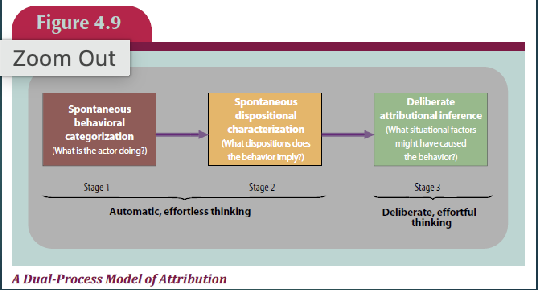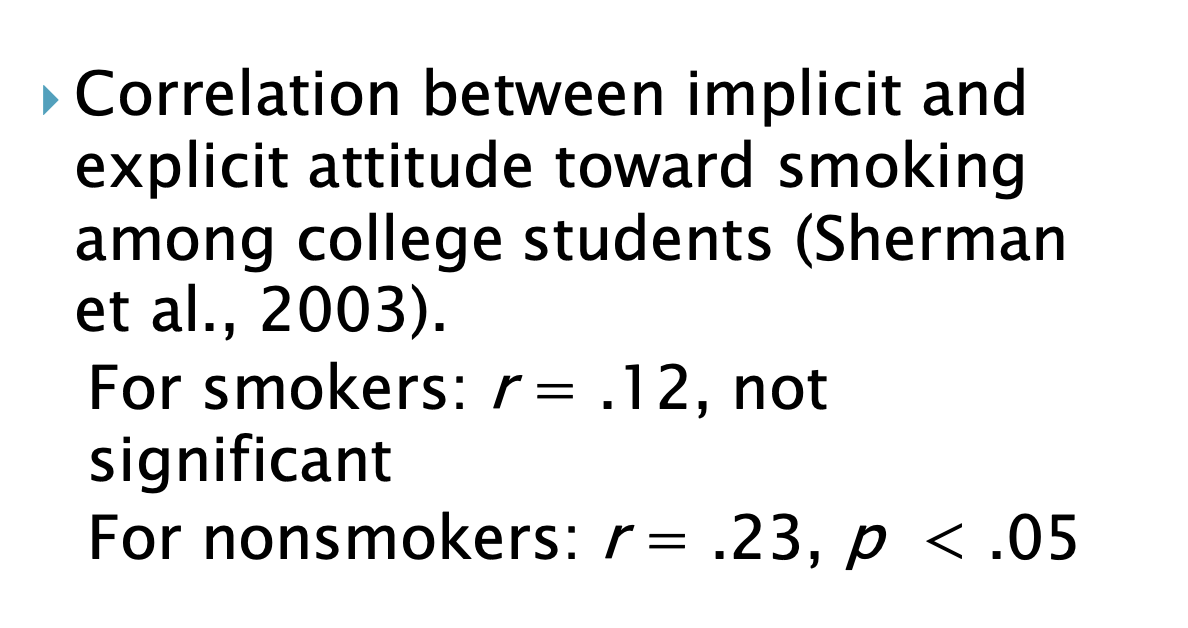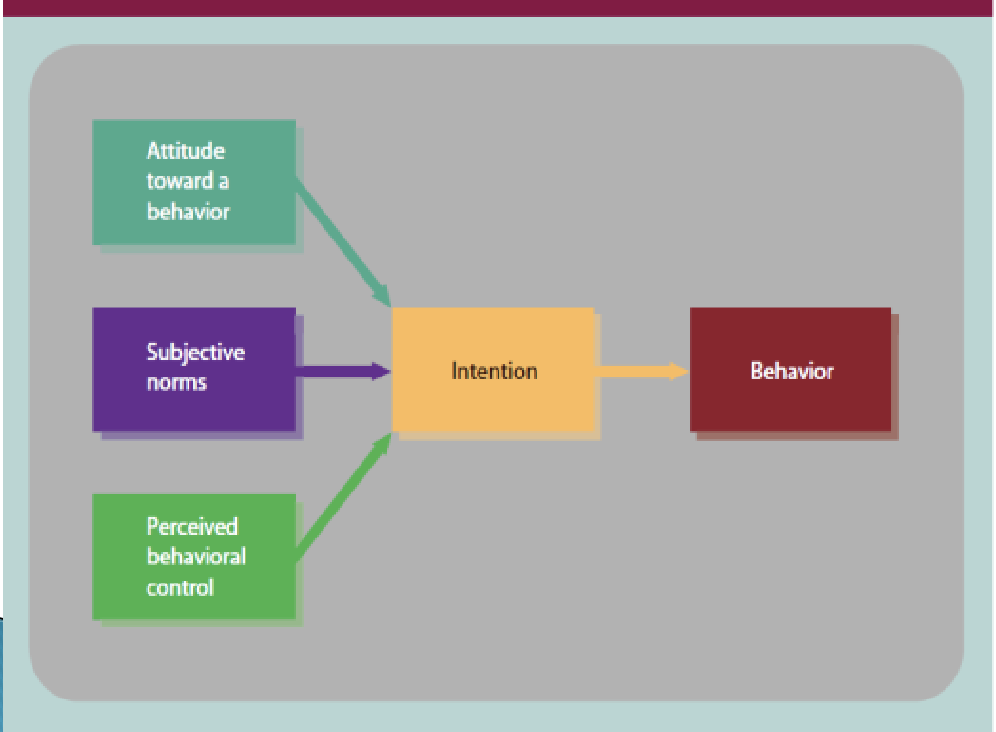PSYCH 3201 EXAM 2 Marquette university
1/141
There's no tags or description
Looks like no tags are added yet.
Name | Mastery | Learn | Test | Matching | Spaced |
|---|
No study sessions yet.
142 Terms
Social cognition
How we interpret, analyze, remember, and use information about the social world.
Non-verbal communication
Sending and receiving of information using gestures, expressions, vocal cues, and body movements rather than words.
Facial Expressions
Emotions signal other of of our intentions
Some emotions are easily recognized across cultures, such as anger, surprise, and happiness
Darwin argued that the ability to decode emotional expression is an aid to survival
Especially negative emotions that signal potential danger
Emotions Facilitate survival: 7 primary emotions
anger
disgust
fear
happiness
surprise
contempt
sadness
Body movements
Posture and motion convey social information
Dress can convey information used to infer personality
We often subtly mimic the movements of others: behavioral mimicry
we don’t know we are doing it
Mimicry can increase liking
Body movements : negatives
Negative information carries more weight than positive information when forming impressions
Why?
It is more unusual and therefore distinctive.
It may signal danger and is adaptive
Cultural Differences: collectivists and individualists
Equal in publicly expressing positive emotions
Cultural Differences: collectivists
Greater discomfort publicly expressing negative emotions
Gender and nonverbal displays: contingent smile
Women tend to be more overtly expressive than men, especially in smiling
Only the case in situations where others are present
contingent smile: people smile when
Embarrassed
Uncomfortable
Miserable
Socially apprehensive
Who are are better encoders and decoders? Men or Women?
Women are both better encoders and decoders of emotion than men.
Why are women better encoders and decoders?
Women are higher in?
General expressiveness
Smiling
Decoding accuracy
How accurate are our perceptions?
Dual- Process models of social cognition
How accurate are our perceptions?: Assumptions
People employ two broad cognitive strategies in their social thinking
effortless/ automatic thinking
Effortful/ deliberate thinking
Accuracy of snap judgements? ( Todrov et al;, 2005) : explanation
Participants asked to rate republican and democratic congressional race candidates for competency.
Shown picture for 1 second
Accuracy of snap judgements? ( Todrov et al;, 2005) : Results
The candidate judged to be more competent won the election in 69% of elections.
What influences the development of perceptions of others?
Self-fulfilling prophecy
Schemas
Scripts
Heuristics
Confirmation bias
What is a self- fulfilling prophecy?
Process by which someones expectations about a person or group leads to the fulfillment of those expectations
Self- fulfilling prophecy involves a three-step process
Perceiver (the “prophet”) forms impression of target person
Perceiver acts toward target person consistent with impression
Target person’s behavior changes to correspond to the perceiver’s actions
Rosenthal and Jacobson (1968) study of elementary school children: “ Potential bloomers”
Results: The bloomers did significantly better
Why?
Teachers treated positively labeled students differently by:
Creating warmer socioemotional climate
Providing more feedback on academic performance
Providing more challenges
Providing greater response opportunity in class
Schema: Organized structure of knowledge
Built from experience
Contains casual relations
Is a Theory about how the social world operates
Schema: Explained
People with expertise on a topic have a well- developed schema about that topic
Schema: “ Scripts”
Schemas about events in well known situations
Gender Schema
Cognitive structure for processing information according to perceived maleness and femaleness
The use of gender schema reinforces social stereotypes about gender
Not everyone is “ gender schematic”
Detecting D
Schemas affect information processing
Once a schema is activated, we see more information consistent with the schema
We process the information consistent with the schema
We process the information more quickly
We remember it better
Schemas can be activated outside conscious awareness
Heuristics
“ Mental shortcuts” that:
Save time
Conserve mental energy
Reasonably, not extremely, accurate
Specific Kinds of Heuristics: Availability
Something is likely to occur, or is common, if I can easily think of an example
Specific Kinds of Heuristics: Representativeness
Tendency to judge category membership of things basked on how closely they match the typical members of that group
Specific Kinds of Heuristics: Anchoring and adjustment heuristic
Tendency to be biased toward the starting value or anchor in making quantitative judgements a
We most likely use heuristics when:
We do not have time for systematic analysis
We are overloaded with information and cannot process it all
We don’t consider issue important
We have little knowledge to use In making a decision
Situation primes a give heuristic, making it cognitively available
We are in positive mood, signaling that everything is fine and no effortful thinking is necessary
Confirmation Bias
Tendency to seek out confirming information and avoid disconfirming information
Once we form an impression, we seek to confirm it.
perpetuates incorrect stereotypes
Thought suppression: Blue butterfly example
Test: Do not think about a blue butterfly right now
Not thinking about the blue butterfly:
Thought suppression: Blue butterfly example background
Requires monitoring for the unwanted thought…
Which requires that some part of your thoughts must be focused on the unwanted idea
Thought suppression: Blue butterfly example cont.
After suppression efforts end, thoughts rebound into consciousness
Detecting Deception
We are generally about as good at detecting deception as we are at guessing coin flips
“ Expressions given off” are better indicators than “ expressions given”
We overestimate importance of facial expressions, which are relatively controllable- especially with practice.
With training, we can improve at detecting deception, but error rates remain high
Detecting Deception: signs
Shorter answers
Stories are less logical
Tense voice - pitch rises
Slower speech, more pauses and sentence hesitations
Fewer first person singular pronouns ( I, Me)
Less involved story telling
More negative emotional words
Detecting Deception: Poor signs
Smiling (to cover deception)
Look in the eye (deliberate eye contact to portray truthfulness)
How do we explain people’s behavior?
Attributions
Attributions
The way we explain the cause of an event or behavior
Locus of causality (LOC)
Internal attributions
Behavior caused by qualities of the person ( personality, abilities, effort); also called dispositional attribution
External attribution
Behavior caused by outside factors ( other people, luck, nature of situation); also called situational attribution
Stability and controllability
In addition to locus of causality, observers decide if cause is:
Stable (permanent, lasting)
Controllable
People use these three dimensions (causality, stability, and controllability) to decide why things have happened, and how to respond to others.
We have more empathy and are more willing to help if uncontrollable, not stable, and not internal LOC.
Culture and casual attributions
People from individualistic cultures pay more attention to internal factors
People from collectivistic cultures pay more attention to social/ situational factors
Kelly’s covariation model of attributions
Attributions are made based on multiple observations of behavior.
Kelly’s covariation model: Covariation Principle
In order for something to be the cause of a particular behavior > it must be present when behavior occurs and absent when it doesn’t occur
Kelly’s covariation model: what are the three kinds of information required in making attributions?
Consensus information
Consistency information
Distinctiveness information
Consensus information
are others reacting in same way to stimulus object as target?
Consistency information
Does target react in same way to stimulus object over time?
Distinctiveness Information
Does target react in same way to other stimulus objects?
Kelly’s covariation model: Statistics class result

Biases in attribution
Fundamental attribution error:
Underestimate situational factors in explaining others’ behavior , and overestimate dispositional factors
Significant cultural variation tendency to commit FAE
More common among westerners( individualists cultures) than Estern ( collectivistic cultures)
Real world application of FAE in Class
Hurricane Katrina
Background: Hurricane Katrina secretary of homeland security Micheal Chertoff
Biases in attributions
Actor-observer effect:
A different in attributions based on who is making the casual assessment:
The actor- who is relatively inclined to make situational attributions
The observer- who is inclined to make dispositional attributions
Dual Process model of attributions

Implicit Personality
Naive assumptions about certain “types” of people
Type of schema
Based on “Central traits”
Implicit Personality : Growth mindset
Belief that personality such as intelligence can be changed and developed over time
Implicit Personality : Fixed mindset
Belief that personality and IQ are unchangeable
Counterfactual thinking
Tendency to evaluate events by imagining alternatives versions or outcomes.
When are we most likely to engage in counterfactual thinking?
Following negative and unexpected events
Thought generated usually deal with how negative outcome might have been prevented
Why do we engage in counterfactual thinking?: Emotional coping
It may help us feel better following negative outcome if we imagine and even worse outcome (“ it could have been worse”)
Why do we engage in counterfactual thinking? : Plan for future
It may help us better understand our mistakes and thereby improve our chances for future success.
Attitude
A positive or negative evaluation of an object
Tripartite model of attitudes
Affect
Behavior
Cognition
In class attitude discussion
Smoking
Cigarette smoking gone down, while E- Cigarettes has gone up. Especially in highschoolers
Health Implications
Implicit
Attitude is activated automatically from memory
Outside conscious awareness
Simple, gut-level evaluation
Explicit attitude
Consciously held
careful and deliberate
Implicit + Explicit attitudes
May contradict each other
Do implicit and explicit attitudes correlate?
Depends
Attitudes on socially sensitive topics( cigarette smoking, prejudice, etc) tend to have lower correlations
Implicit and explicit attitudes toward cigarette smoking ( Sherman et al.,2003)

What happens when your explicit attitude opposes your implicit attitude
Implicit attitude: Attitude activates automatically from memory,often without persons awareness that she or he possesses It
Explicit: A consciously held attitude
Simultaneous possession od contradictory implicit and explicit attitudes toward the same object
Dual attitude= _________
ambivalence
Reference groups
A group
To which we orient ourselves
◦ With which we emotionally identify
◦ Whose standards we use to judge ourselves and
others
◦ People we observe and imitate in our group are
called
role modelsObserving role models might help children learn
how to behave in larger society. (observational
learning)
Mere Exposure
Seeing an unfamiliar stimulus many times can lead to liking.
◦ As long as you do not have initial
negative reactions to itRequires no knowledge of the object
Possible explanation: Familiar objects are unlikely to be dangerous.
Self-perception Theory
Proposes that we infer our attitudes from observing our own behavior.
◦ The same way we infer others’ attitudesMore likely when
◦ Behavior is freely chosen.
◦ Attitude is vaguely defined.
◦ We have little experience with attitude object.May be how implicit attitudes become explicit
How might this theory be related to smoking attitudes?
How do we feel when our attitudes and behaviors don’t match?
Example:I have a negative attitude toward smoking (it’s not healthy, it’s expensive) but I still do anyway.
Cognitive Dissonance Theory
We wish to appear consistent in our thoughts and behavior (cognitive consistency).
Inconsistency is uncomfortable, aversive
Dissonance reduction
To avoid or reduce the aversive feeling, we engage in the following:
◦ Change attitudes
◦ Change behavior
◦ Add cognitions
◦ Reduce perceived choice
◦ Make self affirmations
Variations of Cognitive Consistency
Consistency is more integral to individualist than collectivist societies.
◦ Behavior within collectivist societies is ideally more concerned with being
appropriate to the situation than with being consistent.Within a given society, there are people with different tolerances for dissonance.
Theory of planned behavior
Peoples conscious decisions to engage in specific actions determined by
Their attitudes toward the behavior
Relevant subjective norms
Their perceived behavioral control
Theory of planned behavior

How can we persuade people to engage in a behavior or change their attitude?
Elaboration likelihood model
Elaboration likelihood model (petty and cacioppo)
A model of persuasion maintaining that there are 2 different routes to persuasion:
Central route
peripheral route
Central Route
People think carefully and deliberately about the content of the message
Attend to the logic and strength of the arguments
Consider evidence carefully
Peripheral route
people attend to relatively easy- to-process superficial cues relate to persuasive message
Length of message
Expertise or attractiveness of the source of message
Audience characteristic people are more likely to use central tour if
motivated, have time and cognitive energy to devote to a message
Issue is personally relevant
Knowledgeable in domain
High in need for cognition
Older
In a negative mood
Audience characteristic cont more likely to use peripheral route if
low motivation or ability to think about message
Issue is not personally relevant
Incomplete or hard to comprehend message
Distracted or fatigued
Happy mood
Low in need for cognition
Message source factors influencing persuasion
credibility
Attractiveness
Credibility
low credibility is a discounting cue
How ever, over time, sources lack of credibility may be forgotten (sleeper effect)
Attractiveness
likability
Similarity to audience
Physical appearance
Message Characteristics
Message is more presumptive when:
High quality and provides both sides of arguments
Rapid speech increases persuasion through peripheral routes
Vividness
Identifiable victim effect
Culturally appropriate
use of emotion in message
Humor
Fear induction
Humor
is effective when it is relevant to the message
Can fear campaigns be counterproductive?
Fear can induce helplessness if no clear alternative to the feared outcome is presented
Fear and anti-smoking campaigns
Fear ads can induce defensiveness is the ads attack sense of self( Thompson et al,2009)
Especially if person Leo self-efficacy for quitting and perceives low health treat of smoking ( Popova & ling,2012)
However, fear Des are effective for high perceived threat, high self- efficacy smokers
In-group
A group to which one belongs; us
Out-group
A group to which one does not belong; them
3 Primary groups we immediately categorize people
Age
Gender
Ethnicity
Other groups we create examples
University you attend
Religious practices
Nationality
Sports team
etc
Stereotype
Cognitive component
Prejudice
Affective/ evaluative component
Discrimination
Behavioral component